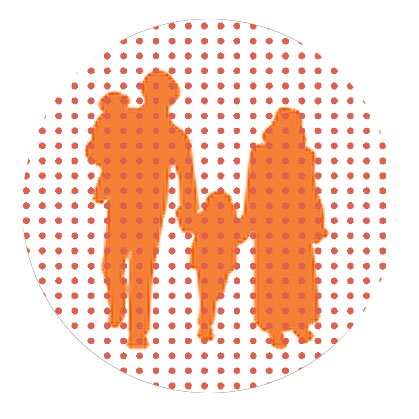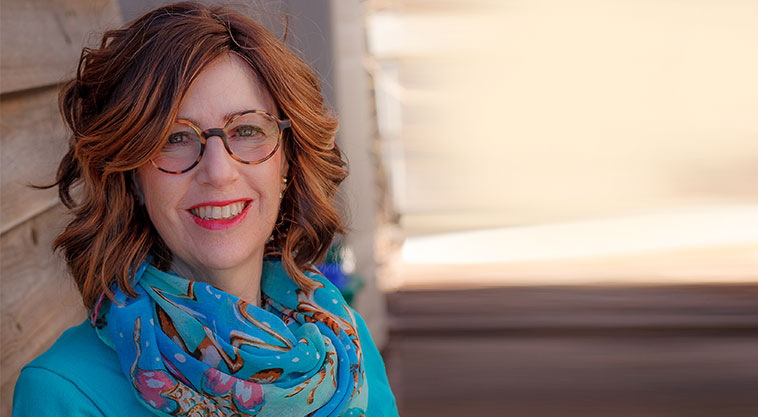Finding Calm


Meditation is a highly effective tool for ridding ourselves of panic
Anxiety has a mind of its own. Even when we’ve been studying texts on faith and trust for years, our body can respond with rapid heartbeat when “it” panics. “It’s not me,” we’d say. “I believe that Hashem will help me and my loved ones and will return the world to normal very soon. It’s just my body. It doesn’t let me sleep.”
Unwanted Panic
Hashem built us with very strong survival systems in place. It’s easy to understand the wisdom of that design. If not for our intense fear of death and suffering, many of us would voluntarily end our lives on a “bad day.” Depression, physical pain, heartbreak, and many other difficulties that we humans suffer from can sometimes arouse a deep irrational desire for permanent escape. Fortunately, the adrenaline-based fight-or-flight response gives us the energy and strength we need to overcome physical attack and other life-threatening situations. So we have to admit, panic can be a good thing, a lifesaving thing, our friend.
Unwanted Anxiety
Like panic, anxiety and worry can be helpful to us. Without it, we might do all sorts of dangerous activities without regard for possible consequences. These emotions help keep us careful and prepared. They help us protect ourselves and our loved ones. They’re useful. Except when they aren’t. Like when they’re keeping us awake at night.
“I’m worried what’s going to happen to our economy after all this. I’m worried about civic unrest, violence, and looting. What if all our food runs out? What if both of us get sick? What if life never returns to normal?” says one worried mother.
Collecting Our Calm
When we’ve done all we can in the physical world to ward off danger (i.e. social distancing, handwashing, and so on), we can stop worrying; it no longer serves a positive purpose. In fact, it becomes a danger to our health. Now we want to calm ourselves down. Let’s look at one strategy for doing that: meditation.
Meditation can strengthen the vagus nerve — a key part of the parasympathetic “rest and digest” nervous system. It influences breathing, digestive function, and heart rate, all of which impact overall mental and physical well-being. Meditation leaves our subconscious mind and body with the distinct feeling of safety, ease, and calm. So how can a non-meditator learn to access the deep benefits of this ancient practice?
Easy Entry
All the steps to meditation are easy and familiar to us. We know how to sit, lie down, or stretch ourselves out on a couch. We know how to close our eyes. We know how to breathe. We even know how to think an intentional thought. As these are the essential skills required for meditation, we’re all set to go.
Let’s practice the form of meditation originally taught by Harvard psychiatrist Dr. Herbert Benson:
- Make yourself comfortable, upright, or prone.
- Close your eyes.
- Become aware of breath going in and out of your nostrils.
- Now, breathe in normally, and on the exhale, think the word “one.”
- When you notice that your mind has wandered to other thoughts, just gently return it to the “one.”
- Continue doing this for as many minutes as you like: 3 or 5, 10, 20, or 40… whatever you have time and desire for.
Going Deeper
These simple steps don’t look impressive. One who hasn’t practiced them regularly may wonder what all the fuss is about. Can breathing and thinking “one” really make any difference to us when we’re scared?
Decades of research show a clear answer: Yes! Our anxiety diminishes, and our bodies grow stronger. People who spend 20 minutes a day doing this very exercise experience 80 percent less heart attacks and heart-related illnesses, such as high blood pressure and stroke. They experience 50 percent fewer cancers and have faster healing from all causes of illnesses. Meditation makes us smarter and happier and boosts our immunity, a benefit that is much needed in our time.
Something magical and deeply healing happens when we allow ourselves to be gently lulled into the depths of our subconscious mind, rocked to and fro by the rhythmic breath, anchored safely by the steady “one.” Each session drops us deeper into the stillness of expanded consciousness. Each visit with our deepest selves takes us closer to our highest selves. Above all, meditation allows us to rest in Hashem’s Arms, safely cradled while the wind blows all around us.
(Originally featured in Family First, Issue 687)
Oops! We could not locate your form.

